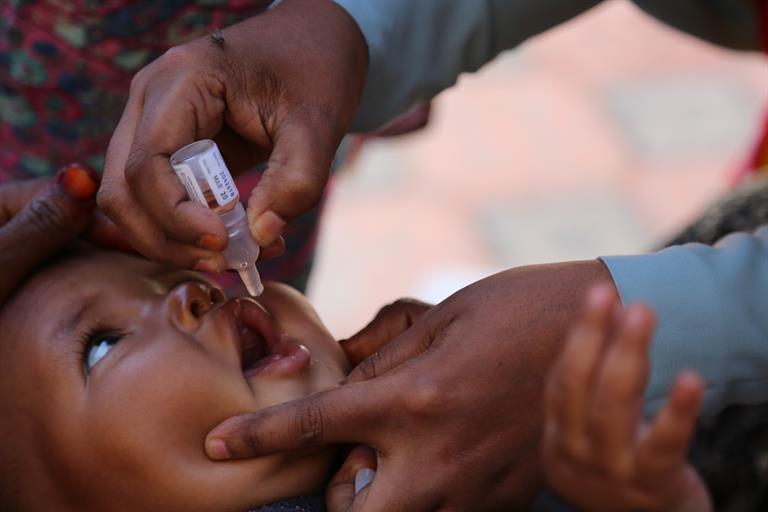India Mulls Use of Polio Surveillance Network for Disease Monitoring
India’s Ministry of Health and Family Welfare is exploring the use of its established polio surveillance network to monitor other infectious diseases. This initiative comes as the country remains vigilant against emerging health threats. The last reported case of wild polio in India was in 2011, and the World Health Organisation declared the nation polio-free in 2014. However, the polio surveillance infrastructure remains active and is now being considered for broader health applications.
Background
The National Polio Surveillance Project was initiated in the 1990s to combat polio in India. This extensive network includes healthcare workers, surveillance officers, and community leaders. It also features advanced laboratories for testing samples. The project’s success in eradicating polio is attributed to rigorous surveillance systems, including Acute Flaccid Paralysis (AFP) Surveillance and Environmental Surveillance.
Acute Flaccid Paralysis Surveillance
AFP Surveillance is focused on monitoring children under 15 for unexplained paralysis. This is a common symptom of polio. By identifying cases quickly, health officials can respond effectively to potential outbreaks. This system has been crucial in maintaining India’s polio-free status.
Environmental Surveillance
Environmental Surveillance involves monitoring sewage water for poliovirus strains. This method helps identify areas where the virus may still be circulating. The high sensitivity of this surveillance has allowed India to control any residual transmission of the virus. The government is now considering expanding this method to detect other pathogens.
Potential for Broader Disease Monitoring
The health ministry has tasked the National Institute of Health and Family Welfare with studying the feasibility of using the polio network for other diseases. This could include monitoring emerging infectious diseases and even non-communicable diseases.
Challenges and Considerations
While the existing polio surveillance network is robust, transitioning to monitor other diseases poses challenges. The health ministry must ensure that the current systems can adapt to new requirements without compromising the ongoing efforts against polio. The potential to monitor non-communicable diseases also requires a shift in focus and resources.
Month: Current Affairs - April, 2025
Category: Science & Technology Current Affairs








